

— Case —
—Products—
 Consumer hotline +8618073152920
Consumer hotline +8618073152920 WhatsApp:+8615367865107
Address:Room 102, District D, Houhu Industrial Park, Yuelu District, Changsha City, Hunan Province, China
Time:2025-10-18 14:34:46 Popularity:524
Application Case of Niubol 10m Weather Station in Mongolia: Assisting Grassland Ecological Monitoring and Sustainable Development
Mongolia, located in the heart of Central Asia and known as the "Land of the Eternal Blue Sky," has always captivated global attention with its unique and harsh natural environment. Mongolia borders China to the east, south, and west, and Russia to the north. The capital, Ulaanbaatar, is situated on the north bank of the Tuul River, a tributary of the Orkhon River, serving as the country's political, economic, and cultural center at an elevation of about 1,350 meters. It is surrounded by majestic mountains and vast grasslands.
In terms of climate, Mongolia features a typical continental climate with distinct seasons and extreme temperature variations. Winters are long and bitterly cold, lasting up to half a year, with average annual temperatures in the north as low as -5°C or even lower, and around 4°C in the southern plains. Summers are short and dry, with highs exceeding 30°C, but rainfall is scarce, averaging only 200-400 millimeters per year, mostly concentrated in July and August.
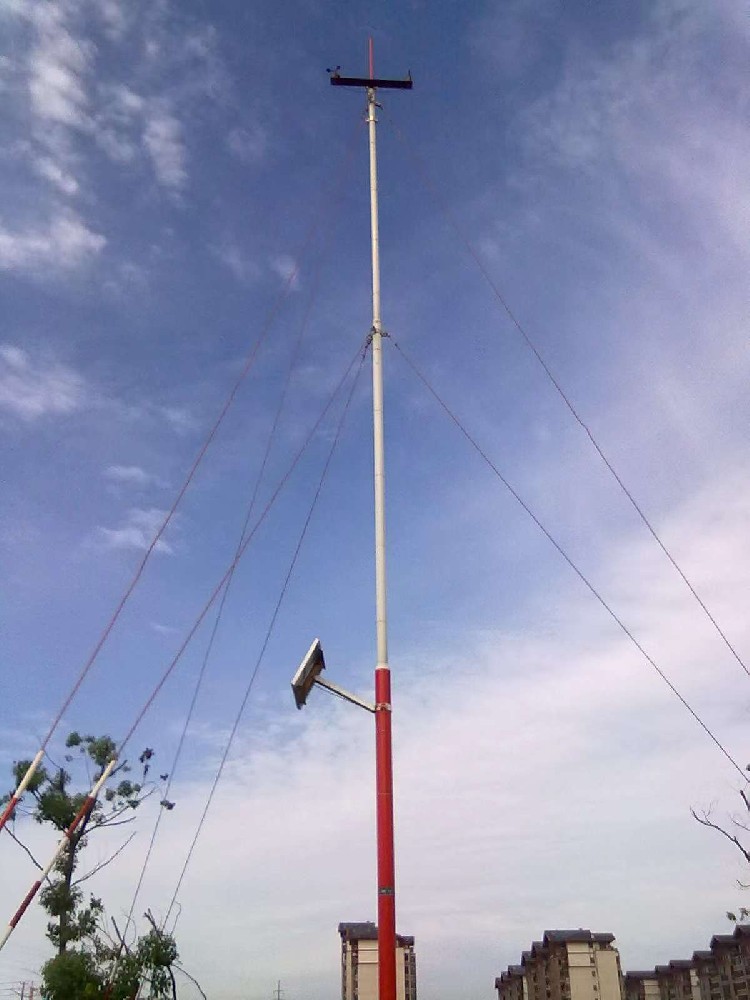
Niubol specializes in the research, development, and production of soil, meteorological, and environmental sensors, establishing itself as a renowned supplier in the fields of agriculture and ecological monitoring. The Niubol 10m Weather Station is one of its flagship products, specifically designed for harsh outdoor conditions. The 10-meter stainless steel pole ensures that sensors are elevated away from ground-level interference, providing more accurate data from the free atmosphere. It is equipped with a stainless steel outdoor protective enclosure featuring an IP65 waterproof and dustproof rating, capable of withstanding extreme temperature fluctuations from -40°C to +70°C, strong winds, sand erosion, and ultraviolet radiation, making it suitable for Mongolia's highland and Gobi environments.
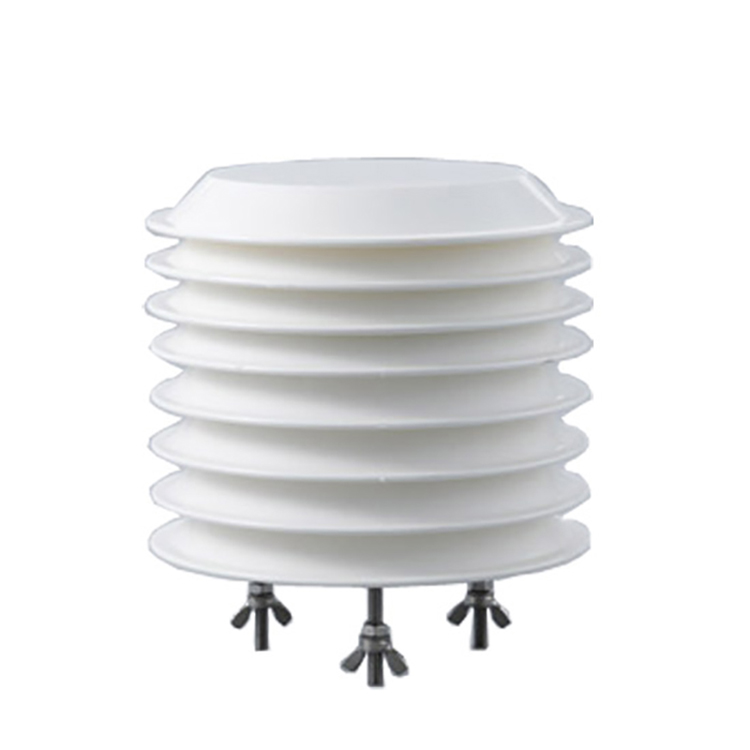
|
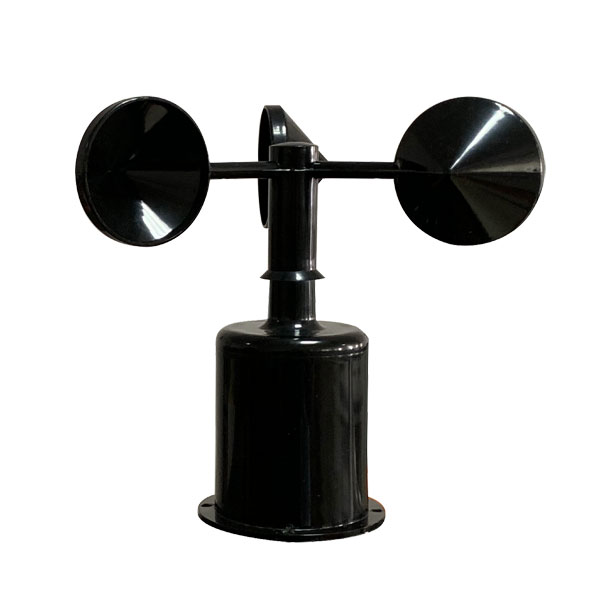
|
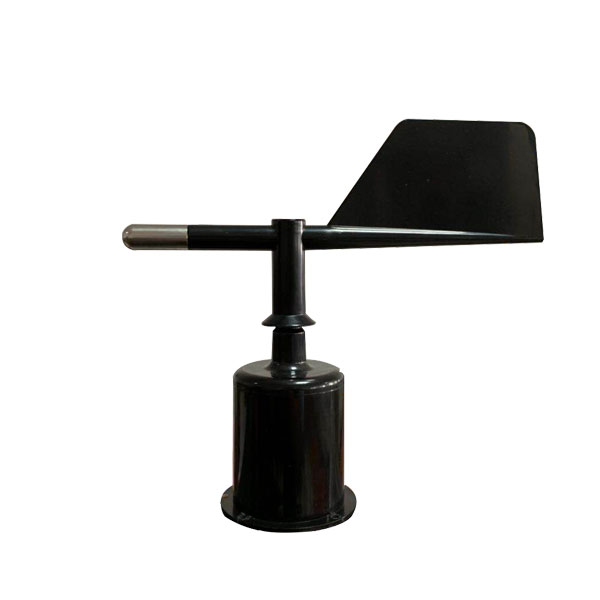
|
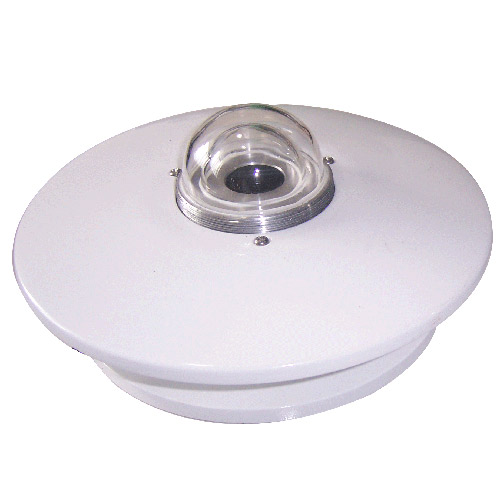
|
| Atmospheric Temperature Humidity pressure Sensor | Anemometer Wind Speed sensor | Wind direction sensor | Solar Radiation Sensor |
The weather station adopts a modular integrated architecture, supporting wireless transmission and solar power supply, with simple installation that requires only 2-3 hours for deployment. Its core measurement parameters cover multi-dimensional indicators such as wind speed, wind direction, atmospheric temperature, humidity, pressure, and solar radiation. High-precision sensors collect data in real-time, which is processed by the data logger and uploaded to the cloud platform. Users can view real-time curves and historical reports via an APP or PC terminal.
Imagine this: On the vast Mongolian grasslands, a 10-meter-high silver stainless steel pole stands firm against the wind, with sensor arrays at the top scanning the sky like an eagle's eyes. Inside the protective enclosure, data cables are neatly connected, and LED indicator lights flash steadily. This is not just a piece of equipment; it is a bridge connecting humanity and nature.

The wind speed and wind direction sensors serve as the "wind sentinels" of the Niubol 10m Weather Station, positioned at the 10-meter height of the pole to avoid interference from ground vegetation and terrain, ensuring that the data represents regional atmospheric flow. The sensor employs ultrasonic or mechanical designs, with a wind speed measurement range of 0-60 m/s, resolution of 0.1 m/s, and accuracy of ±0.3 m/s. Wind direction is detected via a code wheel or ultrasonic array, with accuracy of ±3° and a response time of less than 1 second. Its primary function is to monitor wind force changes in real-time, providing core data for meteorological observations.
The atmospheric temperature, humidity, and pressure sensors are integrated into the Stevenson screen, with a temperature range of -40°C to +80°C and accuracy of ±0.2°C; humidity from 0-100% RH with accuracy of ±2%; and pressure from 500-1100 hPa with accuracy of ±0.5 hPa. These parameters are protected by ventilation shields to prevent direct solar radiation exposure, ensuring data authenticity.
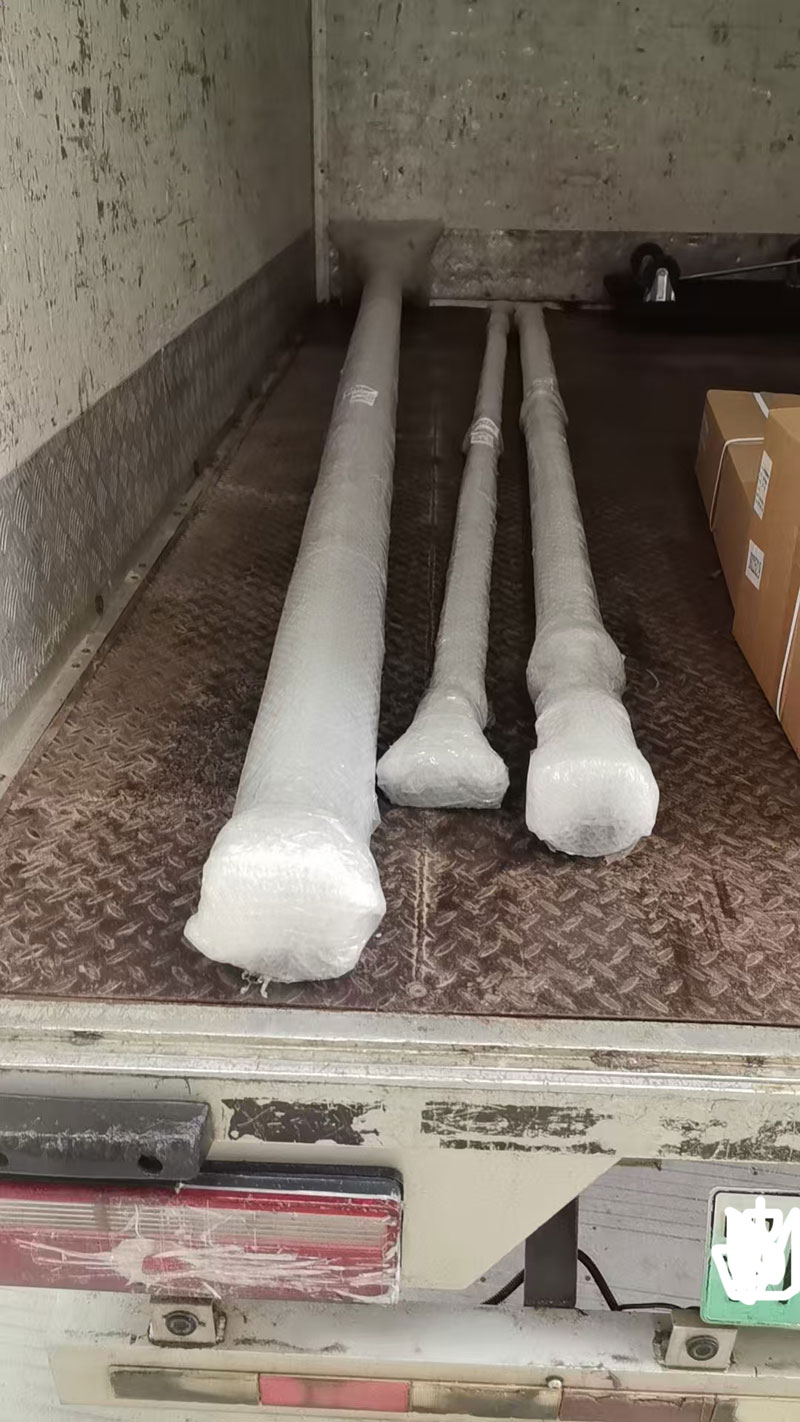
The solar radiation sensor (also known as a pyranometer) is installed on a horizontal bracket at the top of the pole, featuring a thermopile design with a range of 0-2000 W/m² and accuracy of ±5%. It captures total solar radiation, including direct and scattered components, providing data on sunshine duration and energy flux.
In Mongolia, the solar radiation sensor plays a prominent role in renewable energy development. Mongolia receives over 2,600 hours of sunshine annually, with immense solar potential in the Gobi region, though radiation fluctuations are significant. The sensor monitors cloud cover and dust impacts, helping optimize the layout of photovoltaic power stations.
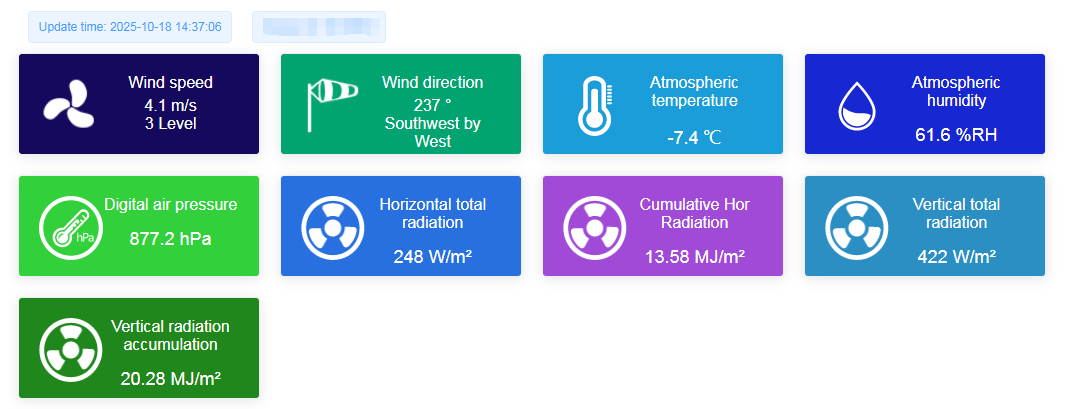
The application of the Niubol 10m Weather Station in Mongolia not only validates its reliability in extreme environments but also highlights the power of technology in ecological governance. The 10-meter stainless steel pole and protective enclosure form a solid hardware foundation, while the wind speed and direction, temperature, humidity, pressure, and solar radiation sensors weave a data network to protect this vast grassland from climatic threats. Through real-time monitoring and intelligent analysis, it assists Mongolia in shifting from passive response to proactive management, promoting green transformation in animal husbandry and new energy development.
Related recommendations
Sensors & Weather Stations Catalog
Agriculture Sensors and Weather Stations Catalog-NiuBoL.pdf
Weather Stations Catalog-NiuBoL.pdf
Related products
 Combined air temperature and relative humidity sensor
Combined air temperature and relative humidity sensor Soil Moisture Temperature sensor for irrigation
Soil Moisture Temperature sensor for irrigation Soil pH sensor RS485 soil Testing instrument soil ph meter for agriculture
Soil pH sensor RS485 soil Testing instrument soil ph meter for agriculture Wind Speed sensor Output Modbus/RS485/Analog/0-5V/4-20mA
Wind Speed sensor Output Modbus/RS485/Analog/0-5V/4-20mA Tipping bucket rain gauge for weather monitoring auto rainfall sensor RS485/Outdoor/stainless steel
Tipping bucket rain gauge for weather monitoring auto rainfall sensor RS485/Outdoor/stainless steel Pyranometer Solar Radiation Sensor 4-20mA/RS485
Pyranometer Solar Radiation Sensor 4-20mA/RS485
Screenshot, WhatsApp to identify the QR code
WhatsApp number:+8615367865107
(Click on WhatsApp to copy and add friends)
